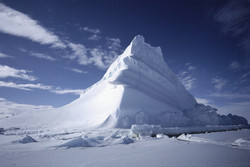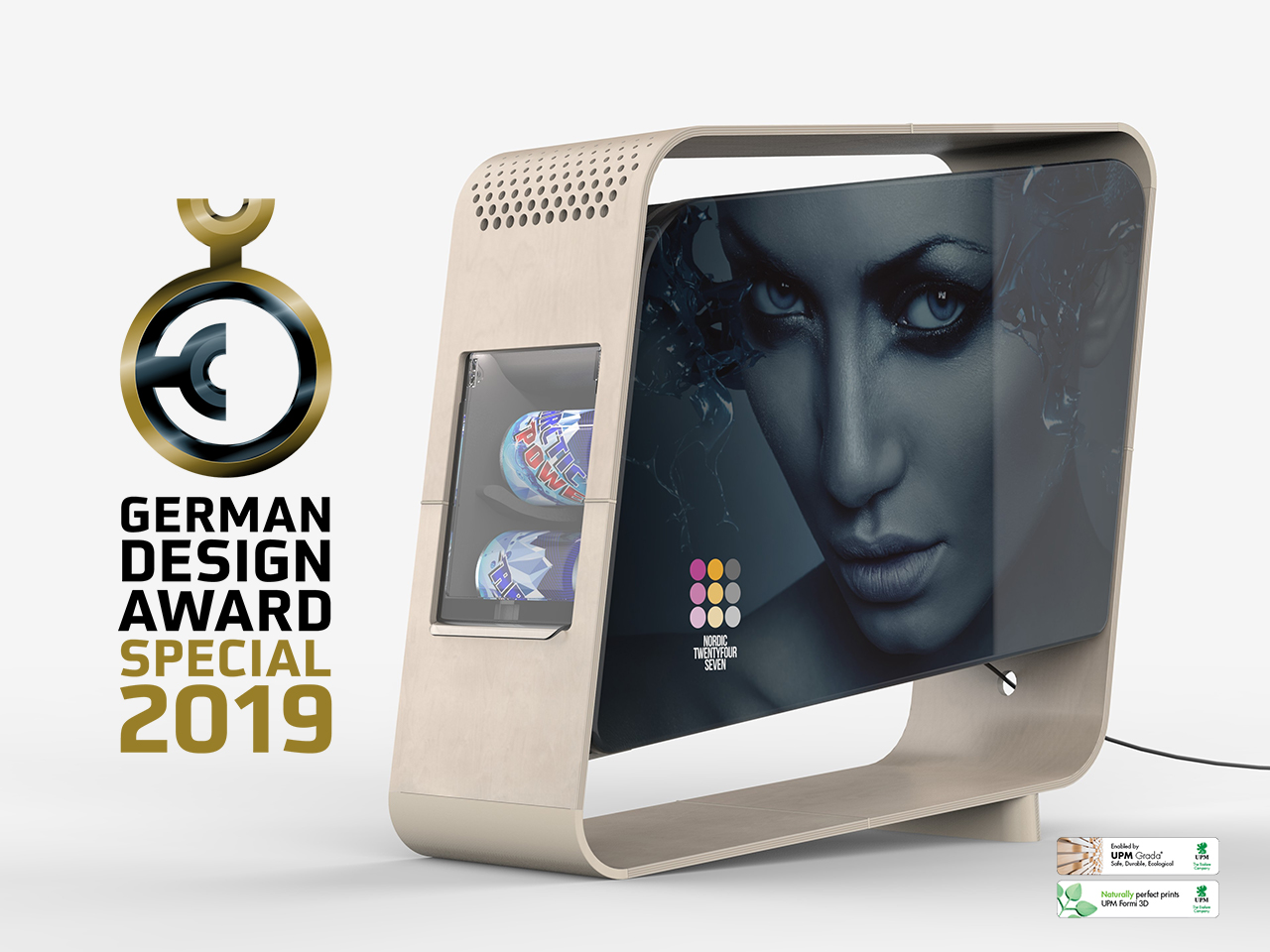An ultra-low temperature laboratory without walls
Nanoscience experiments aim to reach the temperature regime where quantum phenomena – that are otherwise drowned out by thermal agitation – can be probed. The study of ultracold atoms and their quantum behaviour promises a new generation of devices, just when conventional microcircuits are running up against the lowest limits of miniaturisation. The EU-funded project MICROKELVIN(opens in new window) (European microkelvin collaboration) brought together leading ultra-low temperature laboratories. Specifically, the Helsinki University of Technology in Finland, the National Centre for Scientific Research in France and the Lancaster University in the United Kingdom opened their microkelvin facilities to external users. These laboratories have the capability of reaching temperatures down to the microkelvin range with different types of refrigeration installations. Measuring equipment covering a broad range of experimental techniques were also offered. During the MICROKELVIN project lifetime, 72 users from 14 EU Member States or Associated Countries were provided transnational access to partner facilities. Joint research activities (JRAs) were undertaken to develop novel experimental tools. One JRA led to new concepts for efficient refrigeration in low-infrastructure environments. Another JRA exploited nano-fabrication techniques to develop on-chip refrigeration and temperature measurement. A third JRA focused on the application of microkelvin measurements to answer fundamental questions in physics. Research carried under the MICROKELVIN project resulted in numerous firsts, including several breakthroughs leading to Bose-Einstein condensates and the development of new detectors for dark matter. Importantly, the project team developed superconducting quantum interference device amplifiers for experiments at the quantum limit of sensitivity. Through networking activities, the MICROKELVIN project fostered a culture of cooperation between research laboratories and scientific communities. Most important among them were three workshops and the foundation of the European Cryogenic Society within the Condensed Matter Division of the European Physical Society. Different activities including networking, transnational access and joint research tasks have proven both practical and efficient. The MICROKELVIN project has ensured that scientists will have the requisite tools and facilities to answer fundamental questions in ultracold physics.







